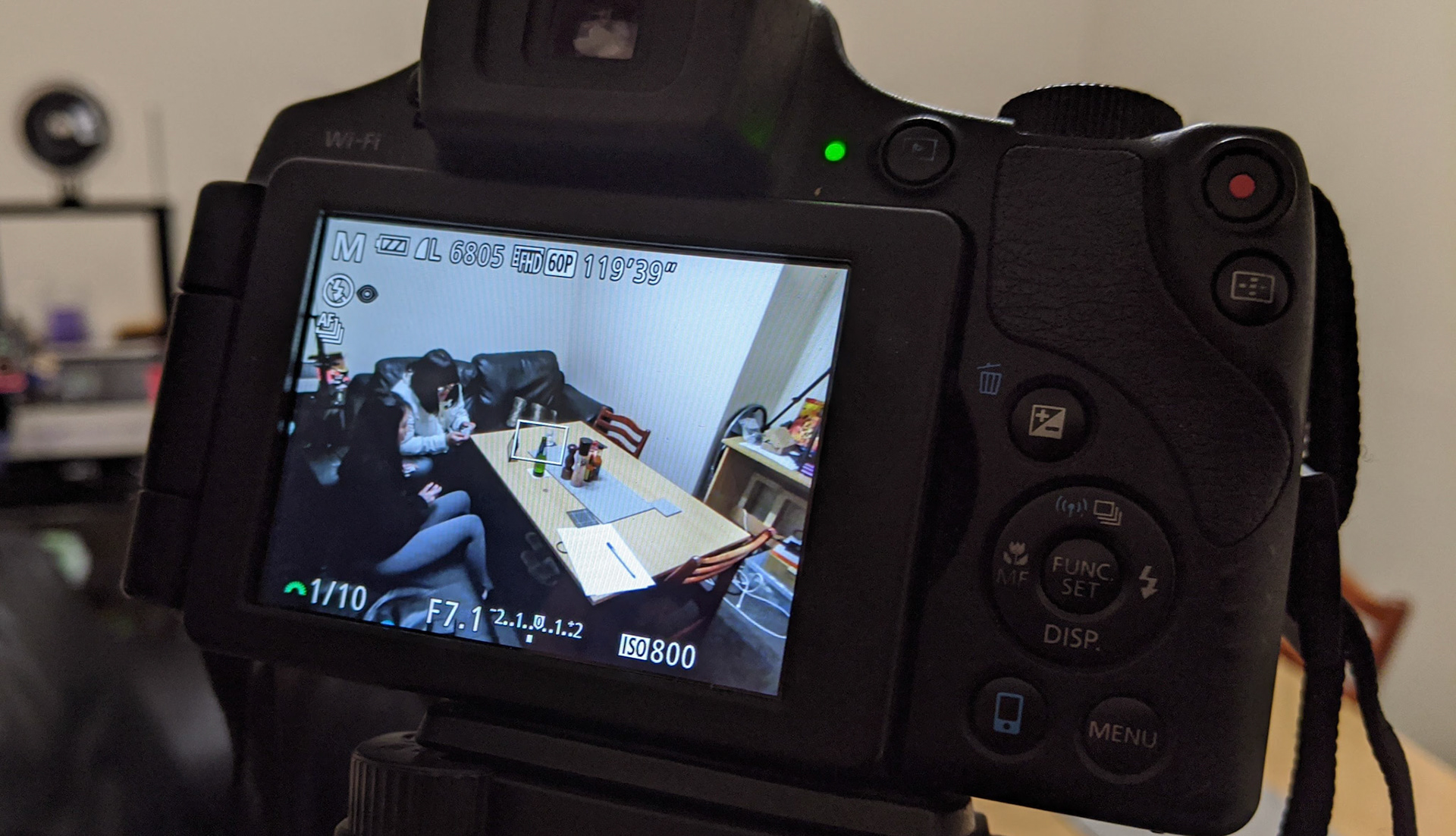This project's goal was to address the issue of noisy eating within a social space. Many people are sensitive to certain noises, however, there is also a condition called Misophonia, which is where a person has trigger noises that can greatly affect them, from sweating to increased blood pressure, people who suffer often isolate themselves instead of being social because of this.
Living in a shared house with people who were passionate about not only food, but cooking put me in a fantastic position to begin this project, with 6 of my 7 dinners a week being communal I had a varied group of people all of whom I was already friendly with to conduct research.


To start I decided to study the behaviour of the people around the table as I knew personally that of the members of the dining group, some were sensitive to noise and others were noisy eaters. Using 2 cameras with a view that could see all members faces I could study reactions, and using a microphone I could then isolate and study the audio made. This allowed me to see and categorise different people, from those who were noisy eaters and what they did that was noisy (chewing, slurping, biting cutlery ...) to those who were extremely sensitive to noise so much that it affected their friendships outside of dinner.
I realised that to properly have a product that would react to specific noises I needed to train it to recognise them first. I did this using Google's Teachable Machine AI software, using the audio samples I collected from a week of recording I was able to make it comprehensive enough to discern sounds from one another. This could then be exported and applied to a circuit with microphones and it would trigger when a threshold was reached.
This one is called The Sufferer, this was a product aimed at those who were sensitive to noise and also like to avoid confrontation as much as possible so as not to seem rude. It would work as a speaker for the dining table with a high-quality top layer in the form of a chopping board. To address the issue of noisy eating better it would use the previously mentioned sound recognition software and in the direction, it picked up the noise, it would increase the volume of the audio playing in that direction, creating a mask of sorts to hide this unwanted noise. A multi-functional piece that is not solely marketed as a solution to noisy eating.
This piece is called The Denier, this is a product that is aimed to call out the diner who refuses to accept that they eat noisily and denies it, leaving the sensitive person feeling in the wrong. It aims to be a stark and intrusive piece so that it draws attention to it. The pointer on the top is connected to a servo motor that would turn and face the direction of the noise, using the sound recognition software, directly illustrating that this person does eat noisily and is not free of blame.
The audible whirring of the motor helps to draw even more attention to it especially during meal times, with this piece being an AI-controlled object there would be no sense of bias or prejudice against any party and should only make the highlighted person feel that they need to change.
This piece is called The Oblivious, aimed at the person who simply does not realise that they make noise, and even when told try to change however are unsuccessful. Using a shared experience this product would get all diners to sit and use this product where they all hear the same audio. There are 2 dials on the top of the design, one would control the level of volume of undesired audio like chewing and slurping, and the other would control the level of masking audio, being pink noise (similar to white noise, but with more rhythm) or other selected audio. This would allow the participants to adjust to the level they are comfortable with so that others can hear how much noise affects people.
This design aims to not only help those who make noise understand the sensitivity of others and change for their benefit, but also for the sensitive person to develop a tolerance for this noise so that when they eat in a different social space they can feel more comfortable.
This design aims to not only help those who make noise understand the sensitivity of others and change for their benefit, but also for the sensitive person to develop a tolerance for this noise so that when they eat in a different social space they can feel more comfortable.